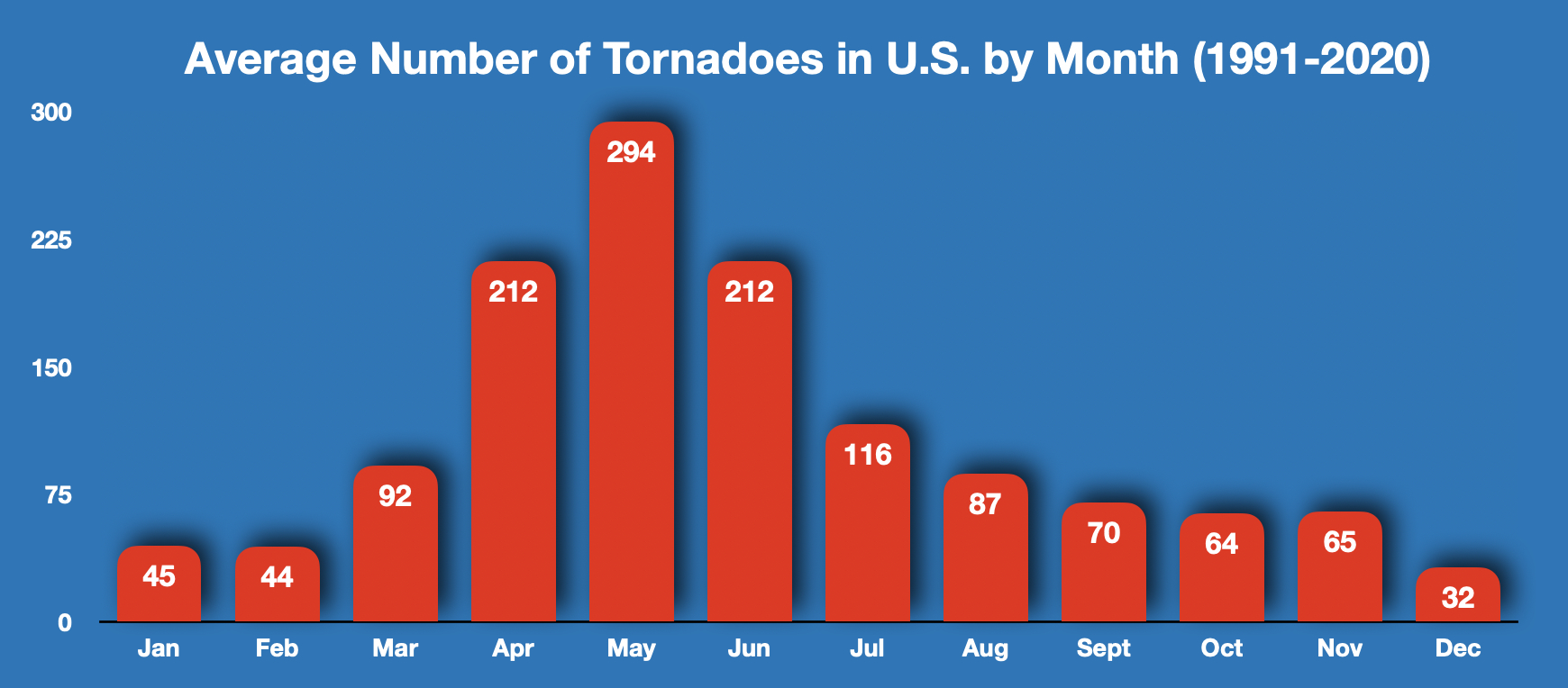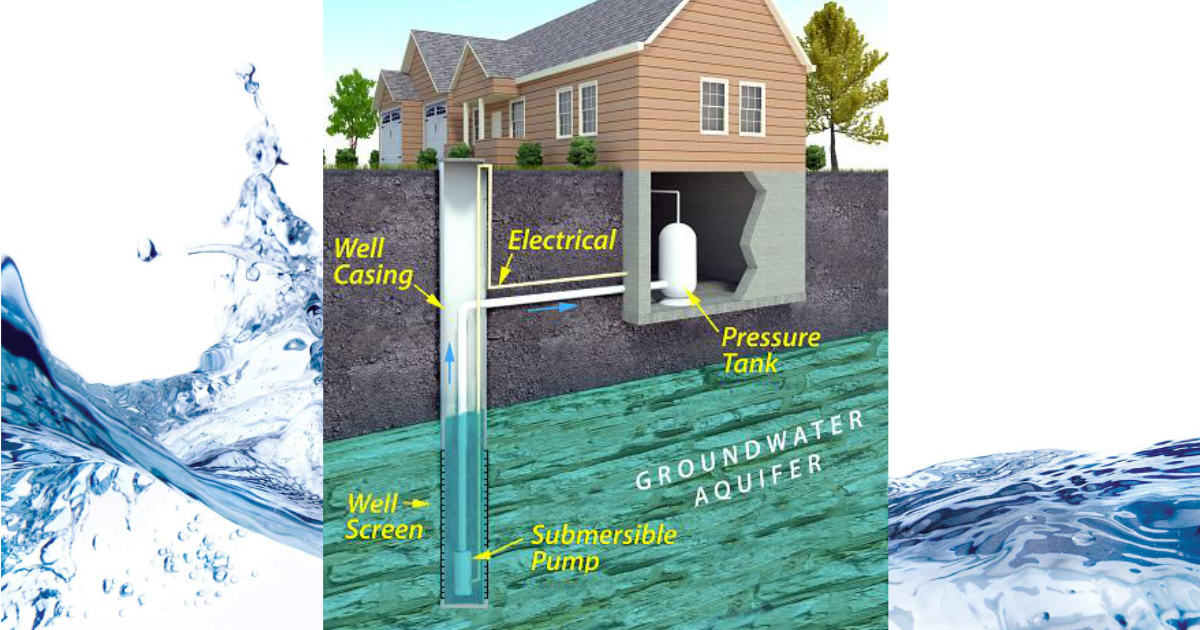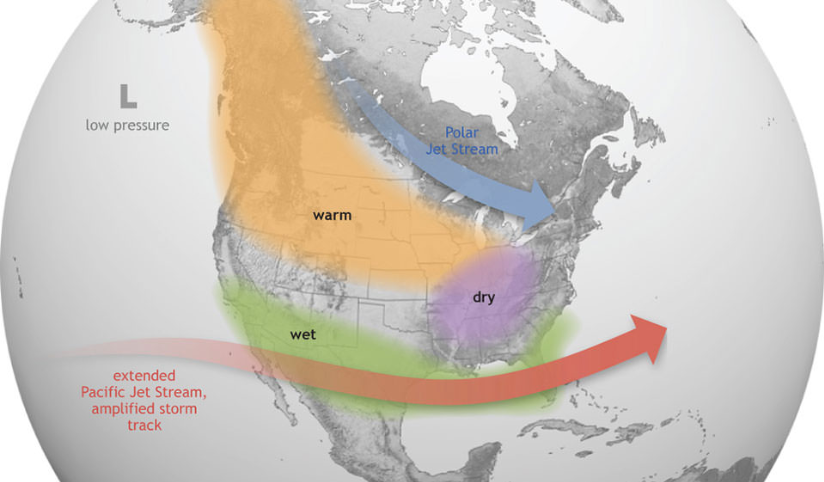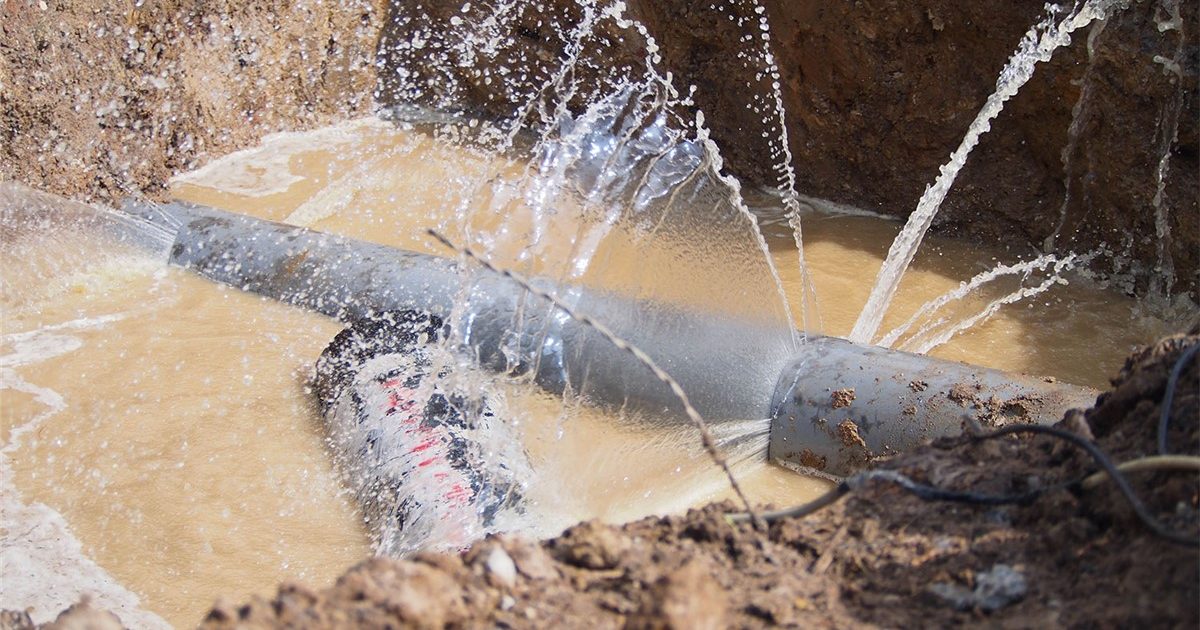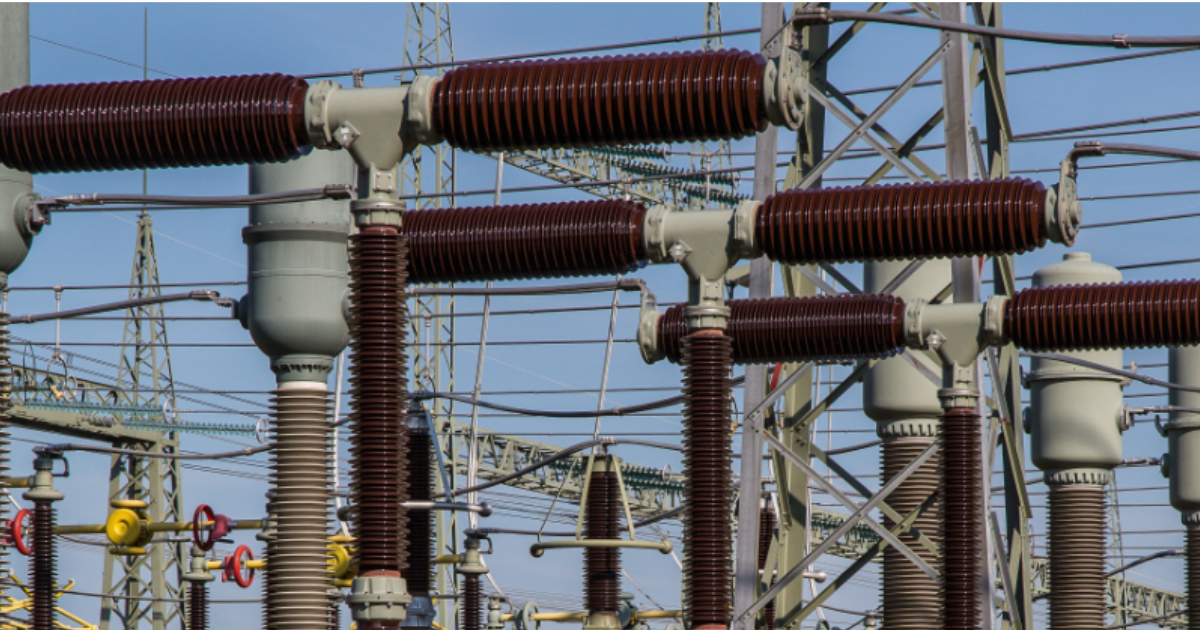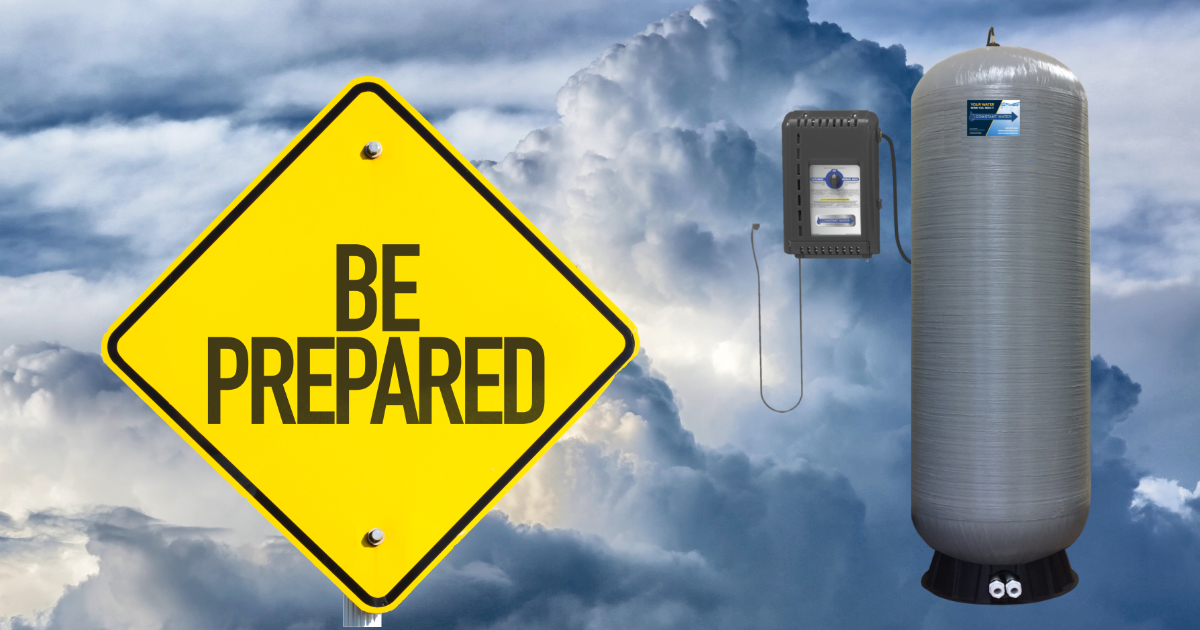The 2022 hurricane season starts on 1 June, but much of the U.S. is already experiencing extreme conditions and weather events. Electrical grids and water utilities have already experienced shortages, failures, or restrictions.
Hurricane season in the U.S. is from June 1 to November 30. It seems every year forecasters predict a higher probability of hurricanes than the previous year. Forecasters predict 2022 to be above average as well. Additionally, a gulf stream water condition that brought Hurricane Katrina to New Orleans and much of the Gulf coast is back and early—the Loop Current.
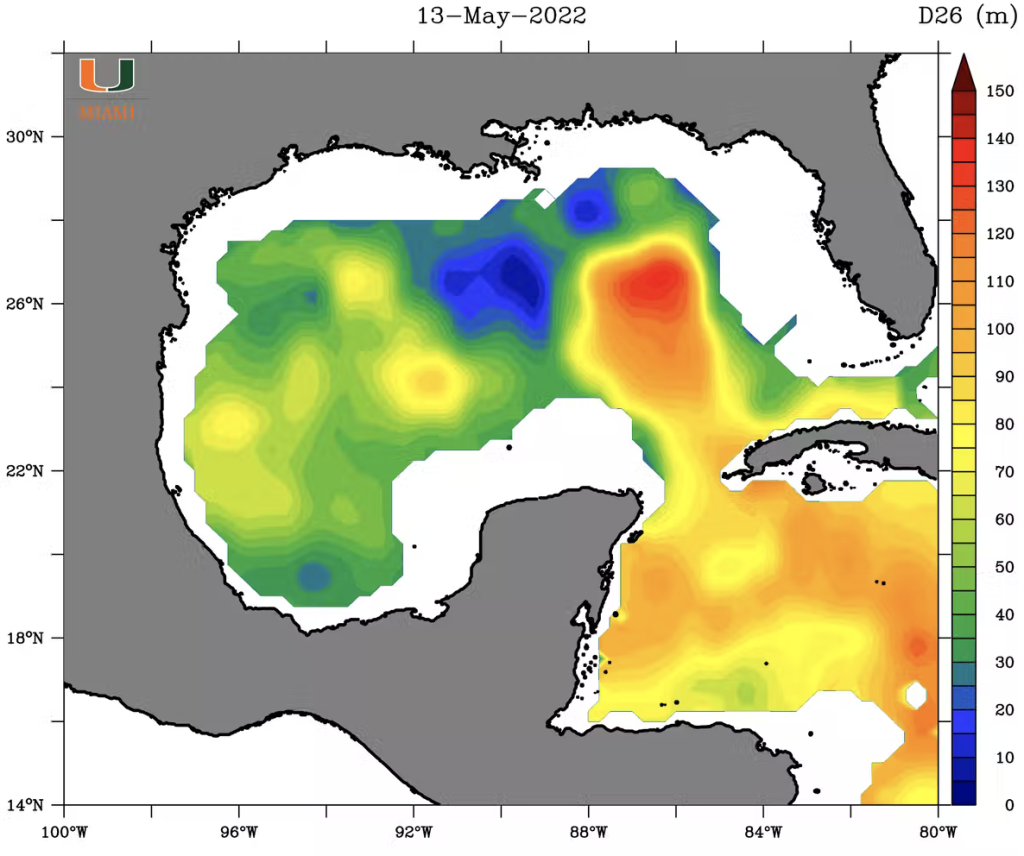
The Current Loop in the Gulf of Mexico
The Loop Current is a water phenomenon in the Gulf of Mexico that guides the flow of water and greatly affects the temperature of the Gulf waters. Already, the Loop Current is much farther north in the Gulf than normal for this time of the year, and raising Gulf water temperatures above normal much earlier. Warm waters fuel hurricanes when storms pass over over it.
This Loop Current weather pattern may cause a more disruptive 2022 hurricane season because it warms the Gulf water earlier earlier in the season. The Loop Current may also cause more severe hurricanes because the warmer water early in the season will likely get even warmer than average as the season progresses.
Drought Conditions Impacting the U.S.
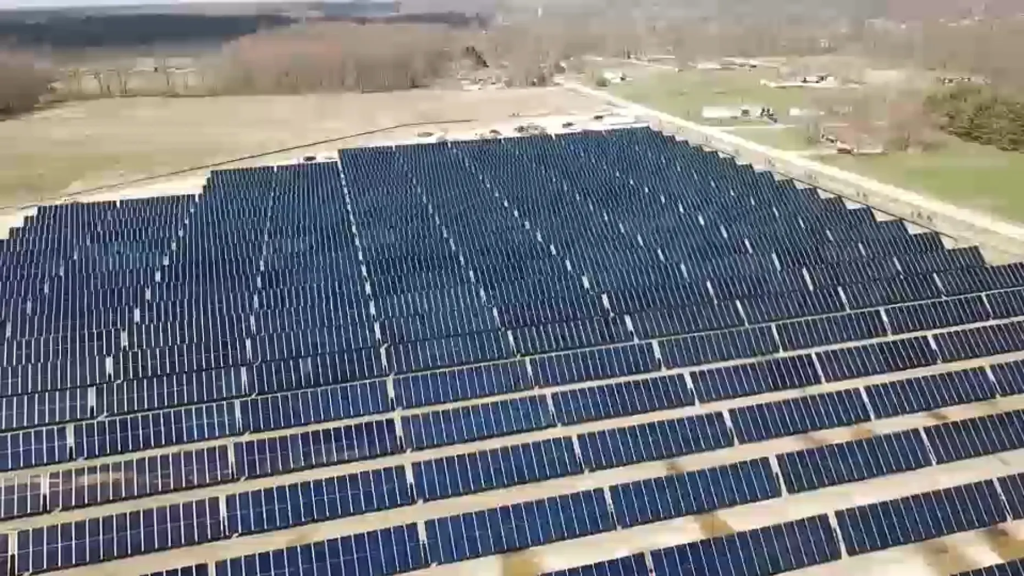
Much of the U.S. is already in severe to extreme drought conditions, and the patterns are spreading further across the country. Many parts of the U.S. have experienced power grid failures because of early season demand for electricity for air conditioning. Increased demands threaten increased use of blackouts as a utility management tool.
Drought conditions are impacting public water supplies and aquifer levels. Threats to public water supplies and aquifer levels mean your home water supply is at risk. A more severe 2022 hurricane season may put stress public water systems and private water wells even more.
Additionally, many communities are implementing or exploring serious water restrictions to combat the growing water shortages. Water levels in many of the countries largest and most depended on water supplies continue to be dangerously low and continuing to fall.
Low Flow Water Wells or Low Pressure Public Water

In the past, most Constant Water customers purchased systems for emergency events—hurricanes, major storms, flooding, etc. But, more and more families with children, or who have elderly loved ones living with them, are experiencing frequent low water flows or very low pressure water conditions. During these conditions, these families use their Constant Water systems to cover the low flow/pressure periods of the day (6-9 AM and 6-9 PM), allowing their water wells recover or their public water pressure returns to normal.
Prepare Early and Have a Plan For Water Loss
The 2022 Hurricane Season is setting up to be a severe one. We encourage families across the country to prepare early for foul weather. It appears that bad weather hits more often and more severely than in recent years to years past. While we love to have our electricity, heating (when cold) or air conditioning (when hot), TV, internet, lights, etc.; nothing is more important that water. Do you have a solid plan for an extended water outage following a storm. Will you have enough water for consumption as well as basic sanitation and hygiene? Will you be able to flush your toilets? Constant Water can help and we’re happy to talk.


